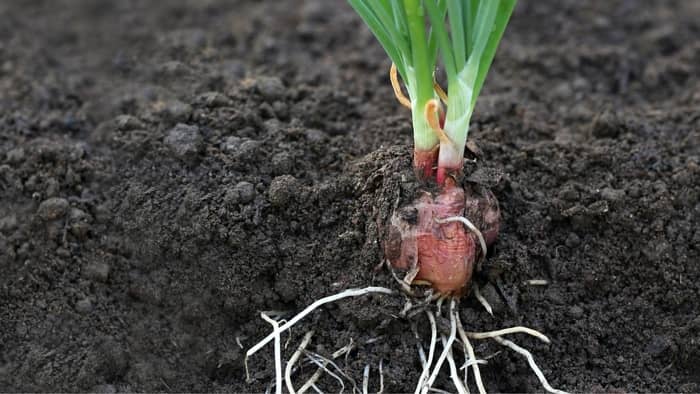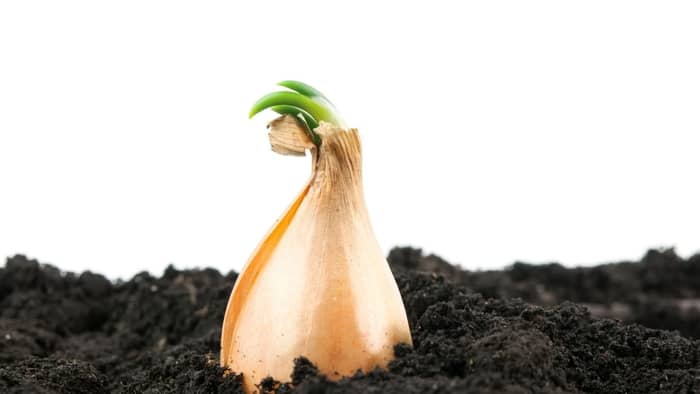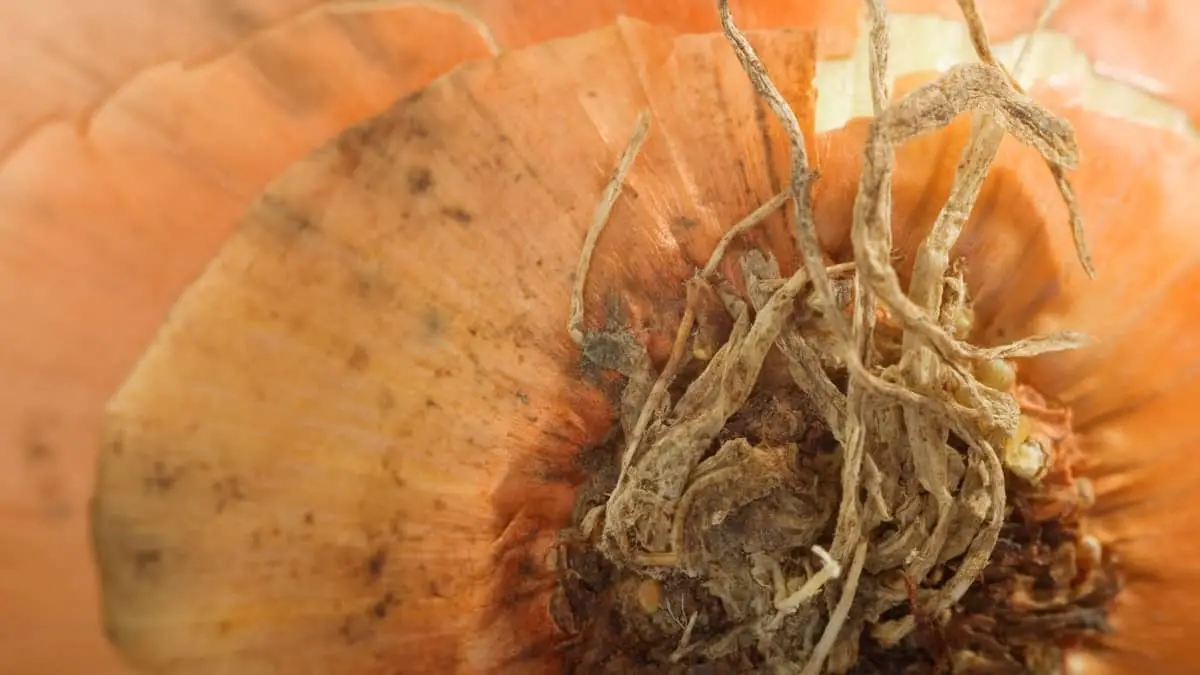Last Updated on September 9, 2022 by Griselda M.
I have always wondered how the onion roots get their special properties; so I decided to find out.
How many times have you heard about onion roots being used in experiments? It’s something that’s been around for centuries, but most people have no idea what they’re made of, or why scientists use them.
In this article, I’m going to go over exactly what onion roots are, the reason for their existence, and how they can be used as a powerful experiment tool for scientists. I’ll also go over a few specific experiments you might want to perform yourself using onion roots.
In today’s post, we are going to look at some very interesting scientific facts that are related to onion roots. So, what are onion roots? How do they get used in science experiments? Read on to find out!
What Are Onion Roots?
What are onion roots used for? A lot of people don’t realize it, but onions are a great source of nutrition. They are one of the best vegetables you can eat. Onions also contain powerful anti-inflammatory properties, as well as the compound allicin, which is effective in treating chronic conditions like arthritis.
Also, onion roots are used as a food ingredient in some ethnic cuisines. For instance, in Thai cuisine, onion roots are added to the stock made from boiling chicken to give it flavor. They also are the main ingredient in curries and other dishes. In India, the root is used in the preparation of several sweets too. You can even use onion roots to make a savory soup.
How To Grow Onion Roots?

The roots grow outward as you feed it fertilizer and water. Some factors affect the rate of growth. The biggest factor is light. If it gets too hot, the onion plants start turning yellow and will eventually die.
If you’re going to grow onions at home, it’s a good idea to get a greenhouse that can provide shade. The soil has to stay moist for the root system to develop. You can use pebbles or sand in the bed to keep the roots moist.
The onion is a plant that requires a long period to produce mature, large, usable bulbs. This is why onions are known as a “bulb crop.” Onions need to grow roots for a long period before they can be harvested. When it comes to growing onions, it takes around four months until they’re ready to eat.
How Deep Do Onion Roots Grow?
Onion roots are easy to grow. You just have to put the seeds in a shallow pot with some moist soil. Make sure to keep the soil moist until you see some sprouts coming out from the onion seeds.
You can start them early, but it is better to wait a few days before putting them outside. You need to put them outdoors when the temperature is between 60 and 65 degrees Fahrenheit. If you don’t, they won’t grow properly.
Onion roots grow outwards in a shallow layer of soil. The roots are very thin and spread horizontally, and each root sends out a network of fine roots into the surrounding soil. These fine roots are usually about one-fourth the diameter of the main root and help the plant to take in water and nutrients. The main roots grow vertically.
Learn more about How Deep To Plant Onion Sets – An In-Depth Look
Why Are Onion Roots Used In Science?
So, why are onion roots used for studying the cell cycle and mitosis? Scientists can use the roots of onions to help them know what kind of environment their plants are in.
You may think that onion roots are unpleasing to the eye, but they are very important for scientists to study because they can be used to help detect how fast the plants are growing. To study the roots, you will need a microscope.
You can use an onion root for your microscope if you take it out of the soil. This can help you to see what the cells are like and also how big they are.
Onions can be used for a lot of things in science. Scientists use onions for many different purposes, such as studying the cell cycle and mitosis. This helps scientists figure out how to make sure that cells divide correctly and how to stop them from dividing too fast. They also use onions in science to study how plants grow and how they absorb water.
VIVOSUN 5-Pack 7 Gallon Grow Bags
Why Can’t You See Plasma Membrane In Onion Roots?
The roots of onion are covered in cells called epidermal cells. Inside these cells are the organelles that produce the food you eat. At the very center of these cells is a tiny area of the cytoplasm called the plasma membrane.
This plasma membrane separates the cell from its environment and protects the organelles. However, in plants like onions and other root vegetables, the plasma membrane is difficult to see under the microscope because the cell walls of the epidermal cells; block the light from reaching the inside of the cell.
To see the plasma membrane in onion roots, you can use a new technique called atomic force microscopy. This is a powerful tool that uses small amounts of atoms to look at the surface of the sample.
The sample must be prepared carefully, as it is delicate. After the sample is prepared, the researcher can use this tool to look at the surfaces of the sample. Once they do that, they can see the cell membranes. This new technique has revolutionized our understanding of plant biology.
Conclusion
In conclusion, onion seeds are a natural fertilizer for plants, which makes them a great option for your vegetable garden. They add nitrogen to the soil as they decay, and they are excellent for soil structure and aeration. Onion plants don’t need a lot of attention either, so they won’t take up much of your time, or room in your garden.
So what are you waiting for? It’s time to get planting!

Read more about The Anatomy Of An Onion – Best Parts Of An Onion
FAQs
What is the Best Way to Store Onions?
It's best to store the onions in a cool, dark and dry place.
Can I Grow Onions Without Soil?
The answer is no! As long as you have water, onions will thrive. If you place a sprouted onion with the roots down in a glass of water, it will continue to grow on the top with new shoots. You can either cut off the top part and use it in recipes, or plant the whole onion, roots and all, in soil and watch it grow.
Branko is the world‘s most enthusiastic gardener! He is always on the hunt for the perfect flower, bush or tree to add to his ever–growing garden. He is known for his love of all things green, and his passion for nurturing the plants he grows is unmatched. He loves to get his hands dirty and can often be found humbly tending to his garden at all hours of the day. Branko is the go–to guy when it comes to gardening advice – he is always happy to share his knowledge and wisdom with anyone who will listen. He also loves to play pranks on unsuspecting visitors, so beware if you enter his garden!



